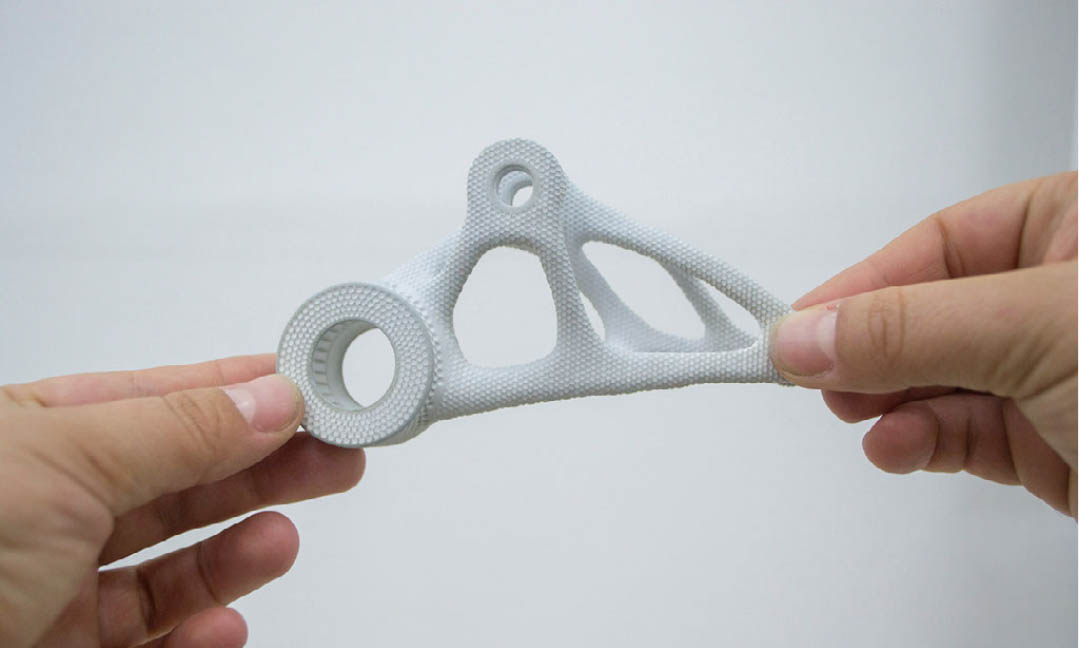Why is creating a prototype necessary? Some common points are outlined below for creating a prototype to launch a successful product.
What are the benefits of creating a prototype of my idea? There are several methods of creating a prototype to meet your objectives.
Creating a prototype has several benefits, including:
- Early testing: A prototype allows you to test and validate ideas, designs, and functionality before committing resources to full production.
- Improved communication: A prototype can help you communicate your ideas more effectively to stakeholders, investors, and team members.
- Enhanced user experience: By creating a physical or interactive representation of your product, you can get feedback from users and make improvements to the design.
- Identifying problems early: A prototype can help identify potential problems, limitations, or design flaws early in the development process, allowing you to make changes before full production.
- Cost-effective: Creating a prototype is often less expensive than full production, reducing the risk of financial loss if the product is not successful.
- Increased efficiency: By prototyping, you can save time and effort in the long run as it allows for an iterative process to refine and improve the product before it is fully developed.

Which type of prototype is best for me?
There are several types of prototypes, including:
- Low-fidelity prototypes: These are basic representations of a product, often made with paper, cardboard, or simple software tools. They are used to test basic concepts and functionality.
- High-fidelity prototypes: These are more detailed and sophisticated representations of a product, often made with advanced software tools. They are used to test more complex designs and functionality, and often closely resemble the final product.
- Functional prototypes: These prototypes have the basic functionality of the final product, but may not have the exact form factor or aesthetic details.
- Concept prototypes: These prototypes are used to test and validate the overall concept or idea of a product. They may not have the exact details or functionality of the final product. Often times these prototypes focus on the look and feel of a product, without including functional elements.
- Virtual prototypes: These prototypes use animation and video to demonstrate the potential functionality and user experience of a product.
The type of prototype used depends on the specific needs and goals of the project, as well as the available resources and time constraints.
With expertise in all areas of Product Development, 3D Innovations can assist with design, prototyping, 3D Printing, Manufacturing, and shipping/logistics. If you’re stuck on deciding which prototype is best, reach out and see how we can assist.
______
Developing Ideas From Concept To Product®
3D Innovations is a Product Development Company – from the 3D Design to a fully functional 3D Prototype & Product.
Connect with us on Twitter, Facebook, Instagram, & LinkedIn today.

